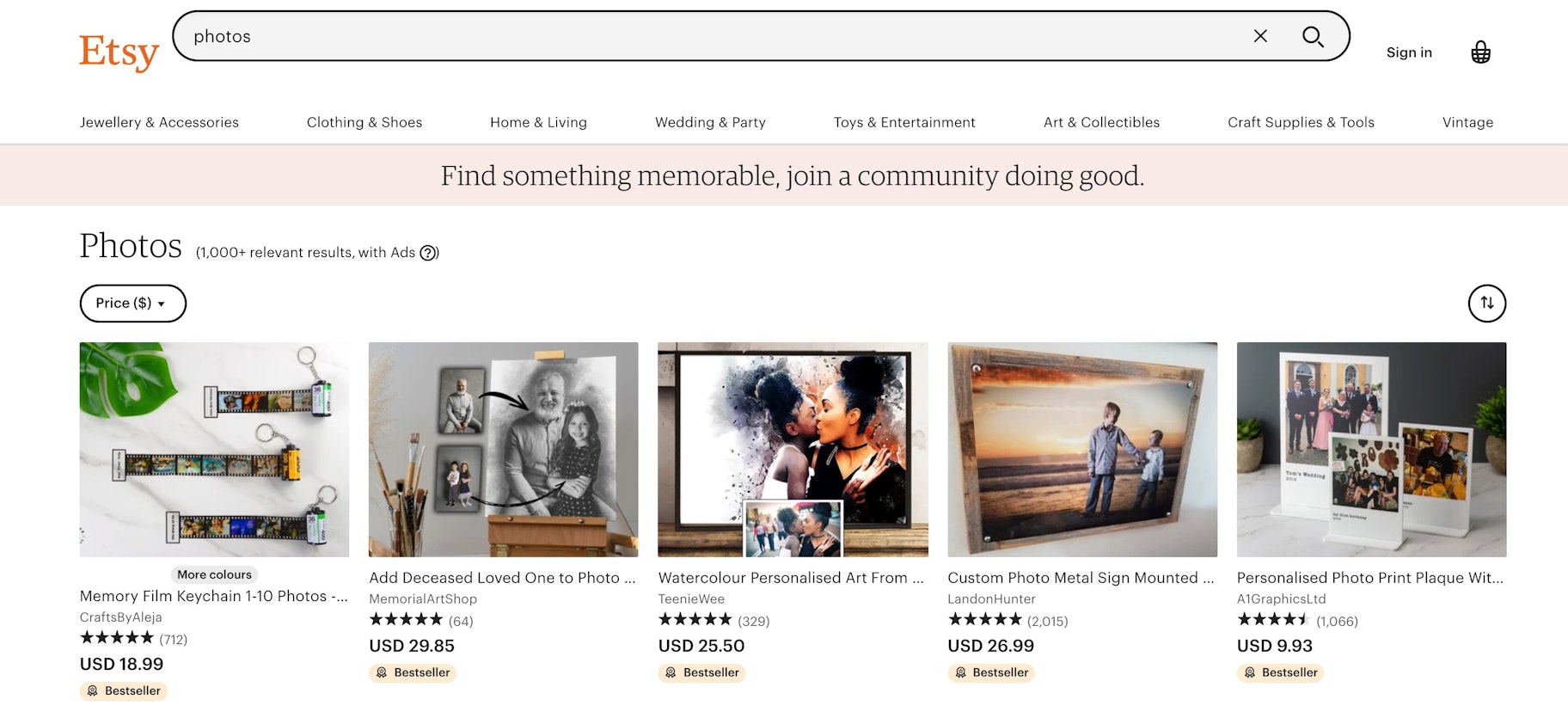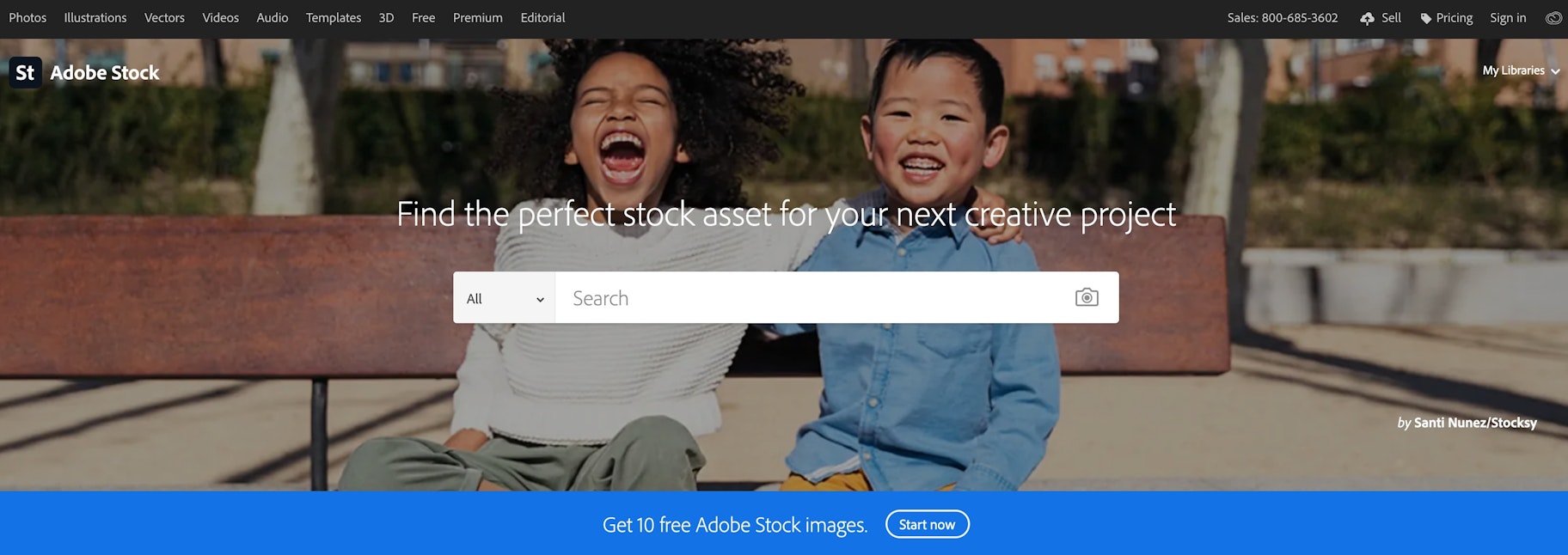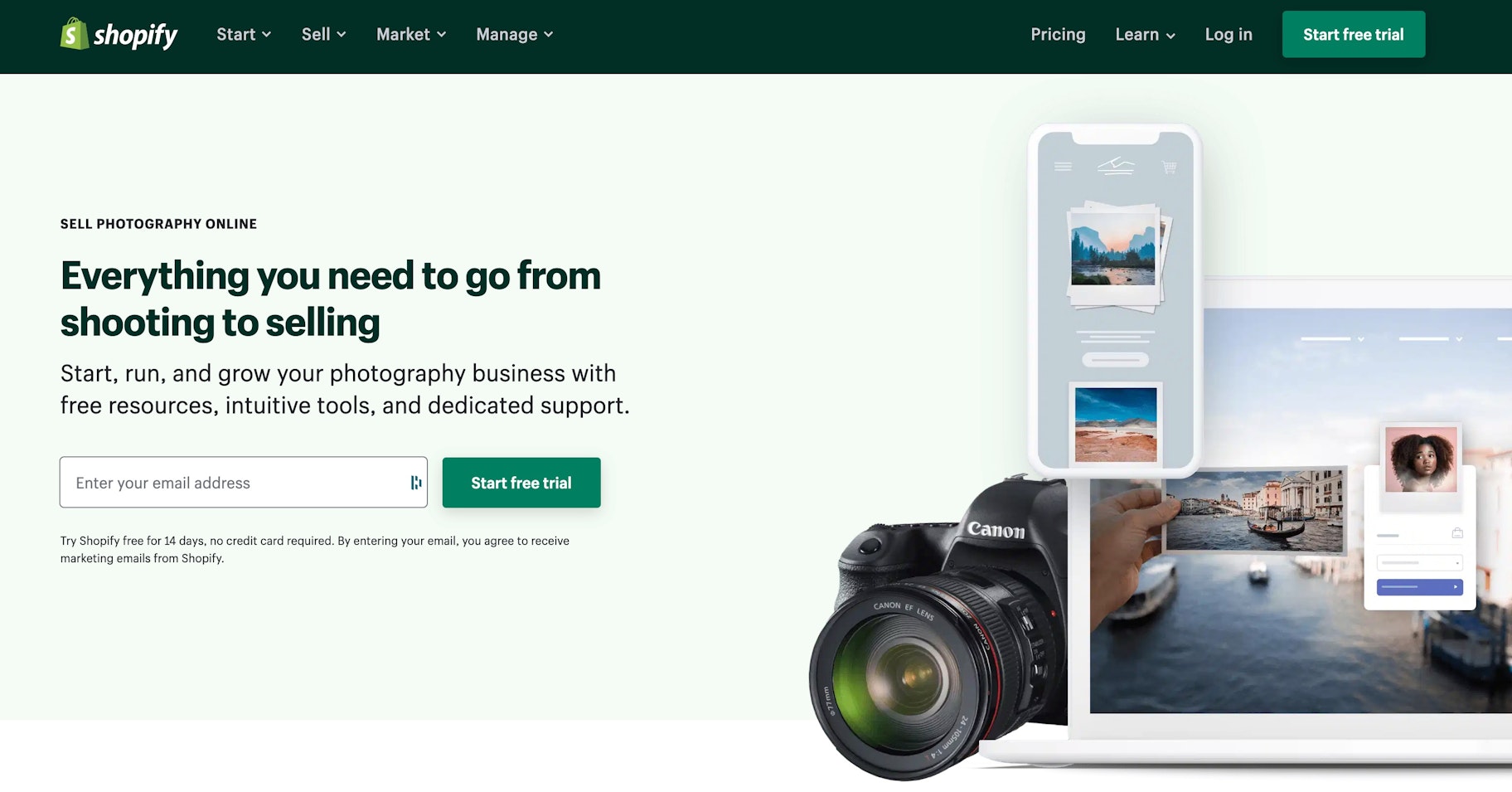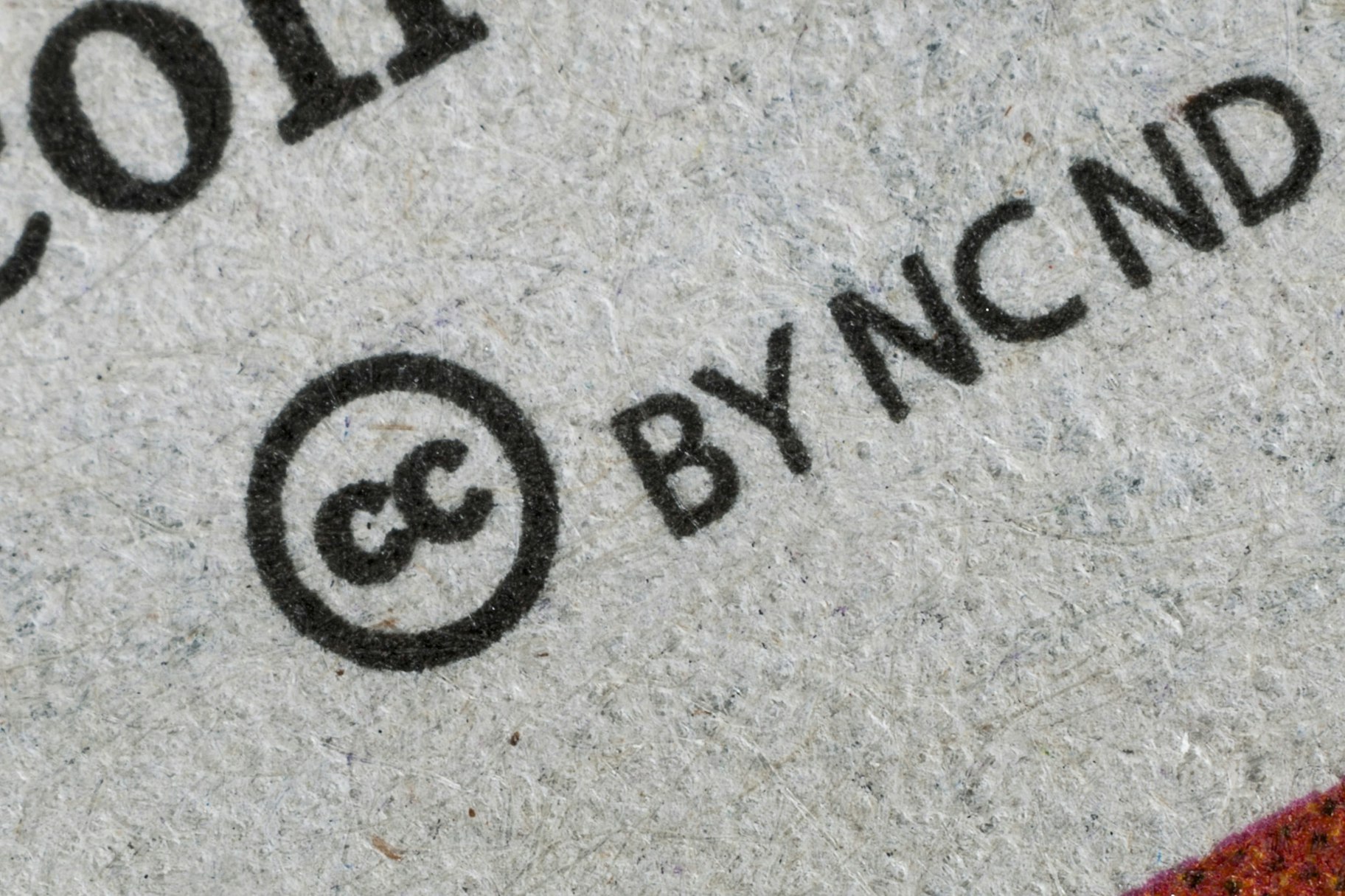Are you a professional photographer looking to make a passive income stream for your work? What about an amateur photographer with a keen eye for beautiful pictures and a desire to start your own business?
Regardless of your skillset or level of experience, selling photos online is a huge opportunity in 2021—and it will only continue to attract more people in the future.
From becoming a contributor on stock photo websites to building a website of your own, there are limitless possibilities for earning some extra cash from your creativity.
In this article, we’ll discuss the basics of what you need to know to get your online photography business up and running.
We’ll look at the best places to sell photos online, a few steps you need to take to build your business and brand, some legal considerations, and how to make other types of sales, like prints and photography services.

Don’t wait for someone else to do it. Hire yourself and start calling the shots.
Best places to sell photos online
There are quite a few websites where you can license or sell photos and images. Some of the best ones include:
1. Alamy

Alamy is best known for its diverse stock photo collection. The platform boasts over 215 million stock vectors, images, videos, and 360-degree panoramic photos. You can sell anything from specific niches to everyday photos and earn extra cash from your works.
Alamy has a straightforward payment structure and pays contributors monthly. If your photos are exclusive to Alamy, you get 50% of sales. Other images earn 40% of all direct sales. You don’t have to sign any long-term contract to sell photos online via Alamy.
2. Etsy

If you want to sell your photos online, launching an Etsy stock photography shop may be a great option for you. Getting started is easy: you just need to create an account, choose a shop name, and add photos to your shopfront.
You’ll also want to invest in marketing your Etsy shop, so people know that you’re selling something different on the platform. Etsy takes only 5% of the sale price as commission, including the shipping price you set.
3. Shutterstock

Shutterstock has been selling stock images since 2003 and is now a primary source of income for many contributors. Though the platform has slashed earnings with its new model, you still get 15% to 40% for each download, depending on your contributor level.
The key to earning more from Shutterstock is to contribute a large number of photos. Additionally, you can refer other photographers and make extra money each time they make a sale.
4. 500px

If you are looking for a simple and free place to start selling photographs, 500px is for you.
Not only does it offer a great selling platform, but 500px hosts photography contests as well. It also pays you up to 60% of sales if you sell exclusively through 500px.
The platform offers partial exclusivity, meaning you are not limited to just selling through 500px. Also, 500px came to being through the efforts of other photographers, meaning it is a safe and dedicated space for those just starting in the industry.
5. Adobe Stock

Already use Adobe Creative Suite? Then you should find it quick and easy to sell photos online via Adobe Stock. You can import stock photos directly into the Adobe Stock library from Adobe Bridge and Adobe Lightroom, and through the web.
Due to Adobe’s wide ecosystem, selling through Adobe Stock will help you reach millions of potential buyers and become a part of a large creative community. And you’ll get a 33% royalty fee on the photos you sell.
6. Dreamstime

Dreamstime boasts an enormous range of users, comprising 31 million registered members and over 600,000 contributing photographers. You don’t have to sell exclusively through Dreamstime to use it, but exclusive sellers will earn more. You can also earn a little extra from referrals.
Dreamstime offers a much more competitive style of selling. The amount you are paid is between 20% and 60%, based on a multitude of factors. Your rate is decided by how original the photo is, how popular your work is, and how exclusive you keep it.
7. SmugMug

Whether you’re an amateur photographer or a professional, SmugMug can help you sell your photos online with a beautiful, personalized gallery that immediately attracts attention. All you need to do is upload your photos and the platform does the rest. It doesn’t really get any easier than that.
Plus, SmugMug gives you 85% of each sale, which is considerably higher than most other stock image platforms. However, it requires you to sign up for a monthly membership, which starts at $200 per year. The membership packages, though steep, provide access to a host of ecommerce tools to help sell photos online.
How to sell photos online: 3 key steps
Stock photo sites offer the simplest way to sell your photos. However, they take such a large cut of each sale that it may be worth creating your own photography site. Let’s look at how to sell your photos online through a direct and legitimate channel.
1. Pick a niche
Your niche is the theme running through your portfolio. If the great outdoors is your muse, your niche might be something to do with nature, travel, or landscapes. If you know how to make meaningful moments last a lifetime, you could choose to photograph weddings or graduations.
Picking the right niche means you can do the work you’re passionate about while ensuring you target the right audience in your marketing campaigns. Some examples of niche areas you can cover include:
- People. You might snap portraits for authors and business leaders or take candid shots at engagement parties and functions.
- Business. If you like the idea of working with companies, you can shoot branded images for organizations to put on their websites, or take product photos.
- Architecture. Love beautiful buildings? Focus your photography on the amazing landmarks in your region.
- Nature. Photos of landscapes, flowers, and other outdoor wonders will be ideal if you want to sell prints of your photos as wall art.
If you’re not sure where to focus your photography efforts, track down what’s trending first. Tools like Keywords Everywhere or SEMRush can show you what customers are searching for. This way, you can base your photography on topics getting the most attention right now.
2. Create an ecommerce website
There are many ways to sell your photos online these days, but starting your own website is the best way to set yourself up for future growth. Having your own website means you can develop a name for yourself as a professional photographer. You’ll be able to show off your branding and logo, decide how to showcase your photos, and choose what you want to sell them for.
Ecommerce platforms like Shopify make it easy to sell photography online. You can build a custom website in minutes and access a range of sales features to improve your chances of success. Shopify also has apps that help streamline business operations, like the Sky Pilot app that automatically delivers digital files to your customers after their purchase.

How to sell photos online?
- Choose the photos you want to sell.
- Decide how to deliver your photos (digital files, physical prints, subscriptions, etc.).
- List your photos on your website.
- Set up back-end processes for inventory, payments, and orders.
- Promote your images.
- Manage and fulfill orders as they arrive.
3. Get your portfolio noticed
With your website ready to go, it’s time to shift your focus to promoting your images. Here are some strategies you can apply:
- Social media marketing. Showcasing your photography on social media can work wonders for your visibility. You will need to ensure you’re active on the right channels to get the best results, however. Start with Behance by Adobe, where creators list their work alongside other professionals. Pinterest and Instagram are also great choices. When sharing images on Instagram, make sure to use shoppable tags so people know they’re available for purchase.
- Blogging. Blogging is a great way to share your creative process to generate interest in your images. You can tell people what went into capturing those candid moments or talk about your everyday life as a photographer. We recommend sprinkling keywords in your blog posts to help search engines understand that you run a photography website and present it to relevant audiences.
Legal aspects of selling photos online
Understanding the legal part of selling photography online can be the toughest part of building your business. For beginners, separating things like “retail use” from “commercial use” when giving people rights to your photos can be daunting. To protect yourself from any legal mishaps, make sure you’re familiar with these terms:
- Retail use. This means permitting users to use your photography while producing a physical retail item. For instance, you might allow a company to sell a mug with your photo printed on it.
- Editorial use. This involves permission to use a photo in newspapers, blogs, magazines, and similar publications.
- Commercial use. Commercial permission will allow customers to use your photos in marketing and advertising efforts.
- Exclusive/non-exclusive rights. Giving a customer exclusive access to a photo means they’ll be the only one allowed to use the image. Non-exclusive rights can give multiple people access to the same photos.
- Public domain. If your photo is in the “public domain,” it has no copyright claim and can be used for commercial, personal, and editorial purposes. Works created by government agencies usually fall into this category.
- Creative Commons. Work falling under a Creative Commons license can be used for free, provided the user complies with any established restrictions. For example, you might require all users to credit you when they publish something featuring your photo.
- Royalty free. Customers can purchase licenses to use a photo however and whenever they want. These licenses are usually non-exclusive.
- Right of publicity. If you take photos of people, they’ll have certain rights to determine how those images are used. You’ll need to get the “right of publicity” before selling these images.
- Rights managed. Customers can buy one-time licenses to use a photo, with restrictions on how they distribute the image. Further use would require additional licenses.
If you’re unsure how to license and list your photos, it may be helpful to speak to a lawyer about your copyright options.
What if someone steals your work?
It’s common for users to mistakenly assume photos published online are free to use. One of the best things you can do to protect yourself from unlicensed usage is to use a watermark generator. These tools will place watermarks on your photo, so people can’t re-use them without also displaying information about your company.
If someone uses your content even after you apply watermark protections, you can send cease-and-desist requests. Some photographers also send invoices to people who use their photos, demanding payment for their work. A combination of these methods will usually prompt a quick response.

How to sell photography prints
One of the easiest ways to make money as a photographer online is by selling prints directly to fans of your work. You can sell prints in various shapes and sizes to suit your customers and even add your images to various products like pillows and clothing.
Sites like Fotomoto, and CafePress are ideal for selling prints on paper, canvas, and other physical products, like t-shirts and calendars. You can also work with a print-on-demand service like Printful, which integrates directly with your Shopify store.
Printful makes it easy to create a range of products using your own images, with a handy mock-up generator and the option to customize a huge selection of products. Remember to:
- Do your research to find a high-quality printing service.
- Get samples of your printed products to ensure they meet expectations.
- Look into framing options and other customization choices.
- Decide on pricing and editioning (i.e., how long certain photos will sell for).
- Add your signature to your images to make your brand stand out.
- Promote your prints extensively online.

How to sell your photography as a service
If you prefer to make money with custom photography requests and event coverage, you can sell your services instead. Selling photography as a service usually involves requesting a per-hour price for specific tasks, like shooting wedding photography or product images.
For beginners, listing services on freelance directories like Upwork or Fiverr can be a good way to gain attention from new customers. You can also apply to be a Shopify Expert, which means you’ll sell your photography to companies looking for images for their Shopify websites.
Remember, you’ll need to constantly build your image as a leading photographer and attract new clients. Make sure you:
- Have an attractive LinkedIn profile. People will often visit your LinkedIn page to learn more about your services after seeing your portfolio or other social profiles.
- Attend networking events. Connect with people in person as often as possible so you can make new relationships and find potential clients. Remember to give out your business card so people can find your details later.
- Build your brand. Develop an image as a thought leader by sharing content online, like blogs, videos, and guides. The more you build an expert image, the more customers trust you when looking for a reputable photographer.
It’s also worth having a booking platform available so you can keep track of when your customers need your services and organize your schedule accordingly. Platforms like Shopify have integrations to add bookings to your site.
Start your journey from capturing to selling now
By now, you probably see the earning potential in selling photos online. Whether photography is your full-time hustle, your side gig, or your hobby, there are more ways than ever before to turn your passion into profit. So, would your first sale come from a stock photography site, or is selling photos directly the better option for you? We’ll let you decide.
How to sell photos online FAQ
What is the best way to sell your photography?
The best way to sell photos online is by listing them as stock images for sale on your own website. Ecommerce platforms like Shopify let you sell photographs as digital downloads and avoid the commissions charged by third-party websites. You can also create offers by putting images together in a collection or bundle based on a theme. Nothing matches the level of flexibility and control provided by your own site.
Where can I sell photographs for money?
- On your own website
- Alamy
- Etsy
- Shutterstock
- 500px
- Adobe Stock
- Dreamstime
- SmugMug
How do you make money from stock photography?
Stock photography websites, or stock agencies, sell the images you upload at a high price. Agencies license individual images to clients and charge a set amount. Then you, the photographer, get a predetermined share from the amount, called a royalty payment.
How much can you make selling stock photos?
On average, you’ll earn $0.25 to $0.45 per image when selling on stock photography platforms. If you regularly upload high-quality images for popular themes, you can easily start making $300 to $500 per month or more. Remember that factors like image quality and the number of agencies you submit to can affect your monthly earnings.
Want to Learn More?
- How to Start a Photography Business: 6 Helpful Tips
- How to Take Amazing Product Photos With a Smartphone
- 24 Best Photo Editing Apps for iPhone and Android in 2021
- 18 DIY Product Photography Tips to Boost Sales in 2021




